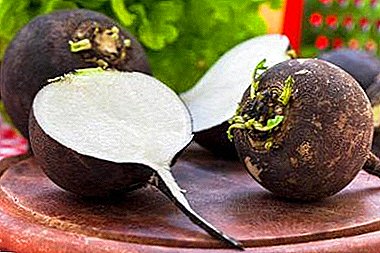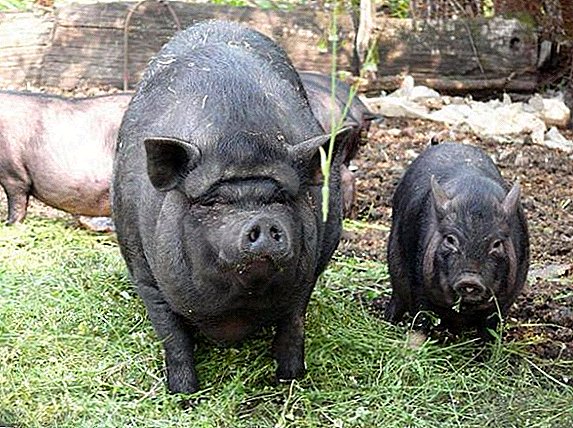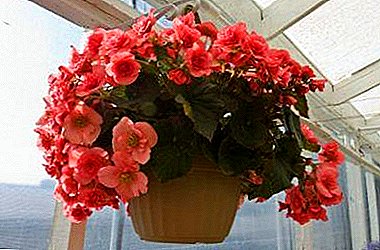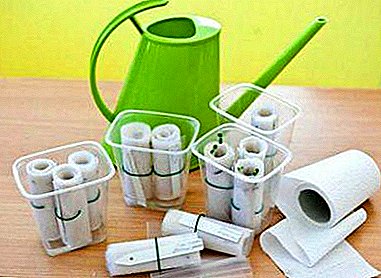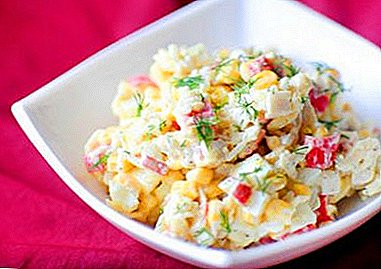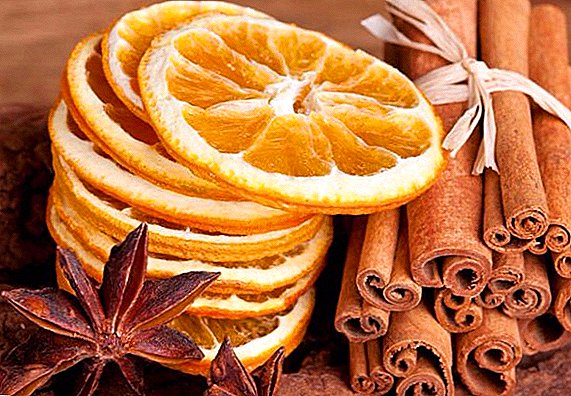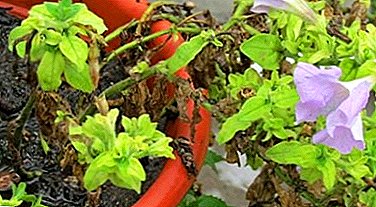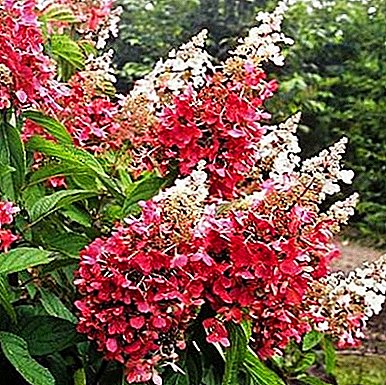
Panicle hydrangea varieties Pinky Winky (pinky winky) It was bred by Belgian breeders 11 years ago and showed itself well not only in the gardens of Europe, but also in Russia.
The main qualities of this shrub are a long flowering period, the abundance of inflorescences and good frost resistance, are very important not only for the middle zone, but also for the southern regions of Russia.
Description of hydrangea Pinky Winky

This garden shrub attracts attention with its unusual look and pleases the eye. Among the dozens of artificially bred varieties, this variety stands out for its high decorative properties.
Material for planting, planting and caring for hydrangea kicks pink

In order to grow a tall, healthy bush, you need to purchase good planting material, choose the right one and prepare landing spot. It is necessary to immediately purchase chemicals that will be needed for soil preparation and further feeding.
- Saplings purchased in a specialized nursery will take root, as they are grown in special plastic containers or in plastic bags. Such cultivation completely preserves the root system of the plant, the roots are not exposed during transplantation and the bush will not get sick. They can be planted in any month of spring and summer. If you buy seedlings from individuals, make sure that the roots were minimally exposed.You can buy seedlings and bare roots, but they can long to be sick and are unlikely to grow well in the first year. They can be planted only in early spring;
- For planting hydrangeas choose a place that will be sunshine all day long. But the Pinky Winky variety allows planting in a place where a sparse shadow from the crowns of other shrubs and trees falls over several hours. In any case, it is better to choose a place with maximum illumination. The landing site should not be blown by the winds;
- Soil should be loosewater well permeable. It should be a lot of organic acids and low in calcium. That is, it is not allowed to add lime to such a soil; as organic fertilizer it is necessary to apply humus. You can not make clean manure, which greatly increases the temperature of the soil and burns the roots;
- Planting hydrangeas: the soil is deepening the desired width, up to 50 centimeters deep. At the bottom of the pit is placed humus, rotted leaves, sand and peat in equal proportions. In this composition, soil for coniferous crops is sometimes added, which is sold in stores for gardeners;
- Seedlings sprinkled with earth and well watered. Water is poured into the pit itself before planting;
- Shrub must getting water constantlyfrom spring to autumn. Therefore, the ground should always be wet, it is watered depending on the weather, as needed. To preserve moisture in hot weather, the ground is covered with grass (hay), sawdust, pine needles, you can use peat. The procedure for creating a protective layer is called "mulching";
- Top dressing in the form of saltpeter and other mineral fertilizers is applied once or twice a year (for young shrubs - only in autumn, for mature ones - in spring and autumn).

IMPORTANT: the choice of planting place and soil is crucial to the health of Pinky Winky hydrangea.
Breeding methods
The plant propagates by branches and cuttings. Practitioners point out that this is a difficult job that is better to be entrusted to professionals.
 Reproduction taps: A strong branch of a shrub is folded back and fixed in the ground, in a small hole. The soil is poured on top, and the tap itself is fixed (tied to the holder). A year later, the removal will take root, and it can be dug and transplanted to another place. Experience has shown that elbows can be created either in spring or early fall;
Reproduction taps: A strong branch of a shrub is folded back and fixed in the ground, in a small hole. The soil is poured on top, and the tap itself is fixed (tied to the holder). A year later, the removal will take root, and it can be dug and transplanted to another place. Experience has shown that elbows can be created either in spring or early fall;
Reproduction by cuttings: cuttings prepared during pruning. Selected branches are placed in water for several days, then cut into pieces with 3-4 internodes. This is the cuttings. A special growth stimulator is applied to the lower sections (heteroauxin, other preparations) and planted in a soil poured into a container, covering two thirds of the cutting with earth. The soil is made from sand (50%) and peat (50%). Top capacity covered with plastic wrap. The cuttings are stored until spring, planted in the soil, when new shoots appear (usually at the end of the summer of next year).
Pruning
The plant needs annual pruning and crown formation. Secateurs are cut off all the twigs directed into the bush. Also thin out all thickened areas. The branches directed to the sides also cut, but not significantly, into one or two buds. Trimming is needed not only to create a beautiful crown.
In densely growing leaves and flowers pests and fungi feel great.

How to survive the winter?
Hydrangea variety Pinkie Winky is considered frost resistant plant it withstands temperatures up to minus 25 degrees. The older the plant, the higher its winter hardiness. Young plants are better to plant in containers that are cleaned in the cellar for the winter. Low hydrangea, already entrenched in the ground, you need to cover. This is done with the help of fallen leaves. The leaves can be heated onto the plant in the form of a large cone, but it is better to make lattice formwork around the bush and place the leaves in it, in which case the winter winds will not be able to carry away the leaves. Before hibernation, pruning with all shells is necessary. They are no longer needed by the plant and only make it heavier. If the hydrangea winters unopened - snow can just break off branches with heavy buds.
IMPORTANT: If severe frosts are expected, the bushes must be covered with pine or spruce branches.
Diseases
Diseases that can occur in Pinkie Winky hydrangea varieties are divided into infectious and non-infectious.
Non-infectious associated with the wrong location of the plant in the garden, excessive irrigation, with insufficient irrigation, high humidity of the surrounding air, improper selection of the soil composition, improper use of top dressing, appearance of aphids on the leaves and spider mites. To the death of the plant can lead to an excess of any chemical elements or their lack. Shrub leaves can be eaten by slugs;

Infectious diseases associated with the appearance on the roots, stems and leaves (and inside them) of fungi, viruses and bacteria that destroy the plant and spoil its appearance.
Infectious and non-infectious diseases lead to the death of the plant. The onset of the disease can always be seen by changing the type of leaves - their color changes, the edges curl, spots, brownish and reddish patches appear on the leaves.
At the first signs of the disease you need to start fighting with it.
- If the leaf streaks are light, lettuce-yellow, it means that there is not enough iron in the soil. This disease is called chlorosis. There is an excess of calcium (lime) in the soil. In this case, you need to feed supplements with iron (iron salts);
- It is necessary to analyze the composition of the soil, it is better if the experts in the agro-seed laboratory do this. They accurately determine the composition and acidity of the soil. This is not a free service, but if your garden is dear to you, this should be done. After that, you can make the right amount of fertilizer and chemicals;
- With excessive watering you need to stop doing it. Care must be taken that soil moisture is medium;
- For the fight against fungus, aphids, ticks and slugs use special chemicals that are sold in stores for gardeners;
- Destroying weeds and high grass around a bush reduces the risk of aphids, ticks, snails and slugs.
REFERENCE: for the fight against fungal diseases, the drugs foundation, oxigom, Abiga-Pick, 1% copper sulphate, 1% Bordeaux liquid, phytosporin, a mixture of gamair with alirin are used.
Hortensia Pinkie Winky goes well with other flowering shrubs, it fits well into many landscape compositions with mixed flower beds. From it you can create blooming hedges, it looks great both in reservoirs and near Alpine slides. The beauty of this bush will be a reward for the time spent on caring for it.
A photo
For more photos of Pinky Winky's hydrangea paniculum, see below:




Useful information
You can get acquainted with other materials about hydrangea garden:
- How to properly care for bobo paniculate hydrangea? Growing and preparing for winter
- How to properly care for Hydrangea Limelight?
- How does the Duboliferous hydrangea overwinter?
- Hortensia paniculata grandiflora - features of care and reproduction in the garden plot
- Hydrangea curly (petiolate, climbing) - a hedge in your garden!
- Hydrangea tree Annabelle - snow-white decoration of your site
- Tree hydrangea in your garden - planting and care, breeding, wintering
- How to make friends with serrated hydrangea?
- Japanese hydrangea Kyushu in your garden
- Frost-resistant large-leaved hydrangea
- How to care for a panicle hydrangea phantom? Planting, wintering, breeding
- How to properly care for panilla hydrangea vanilla fraze?
- Fragrant "princess" hydrangea paniculata in your garden: features of care
- Secrets of breeding garden hydrangea
- Garden hydrangea: planting and care, neighborhood in the garden
- Do not let the garden hydrangea freeze! How to cover the hydrangea for the winter?
- How to protect the garden hydrangea from diseases and pests?


